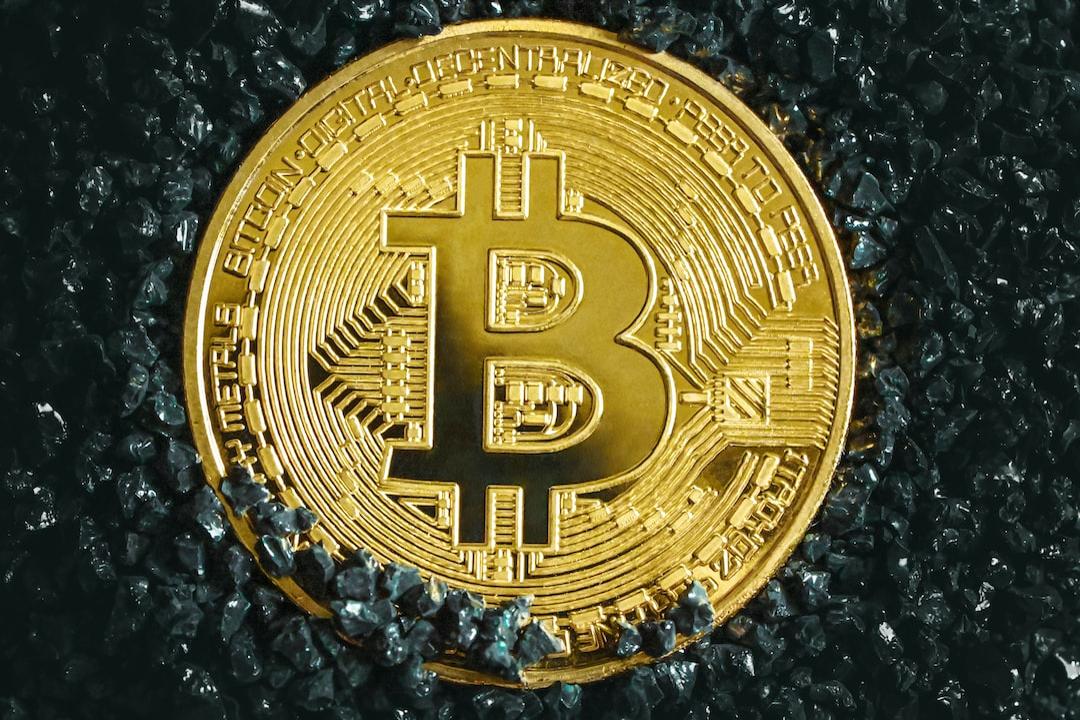Here are the latest updates on the U.S. President Donald Trump’s ongoing tariffs policy.
April 3, 2025: U.S. and Crypto Markets Dump After Tariff Shock
Global financial markets reacted negatively to Trump’s newly announced tariffs. Key financial indexes saw steep declines: Bitcoin and other major cryptocurrencies experienced notable declines. Bitcoin fell as much as 4%, reaching approximately $82,000 on Thursday morning in Singapore. Other cryptocurrencies, including Ether and XRP, also saw declines, with Solana dropping over 9% at one point.

April 2, 2025: Trump Officially Launches “Liberation Day” Tariffs
President Trump officially announced the “Liberation Day” tariffs on this date. He called it a national emergency to protect American industry. The details of the new tariffs were: Trump said these tariffs would rebuild the American economy, bring back jobs, and lower taxes. But many countries criticized the move. The European Union and Australia expressed strong concerns, saying the tariffs would hurt global trade.
Trump’s Trade War 2.0: The Background of Imposed Tariffs Explained
After winning the U.S. presidential election in November 2024, Donald Trump returned to the White House with a clear message: he wanted to fix America’s trade deficit and reduce dependency on foreign goods. Additionally, he promised to bring back American manufacturing jobs and make the country less reliant on countries like China.
On February 1, 2025, just a few weeks after taking office for his second term, Trump signed his first major trade action. He imposed new tariffs on imports from China, Canada, and Mexico. The tariffs included: These tariffs officially took effect on Feb. 4. Trump said that these tariffs would protect U.S. industries, secure jobs, and balance trade. However, this decision immediately created tension with America’s top trading partners. Canada, Mexico, and China all expressed concerns and warned that they might retaliate.
Notably, throughout February and March 2025, the situation worsened. More tariffs followed, targeting specific countries. Specifically, China and Vietnam were accused of manipulating their currencies and giving unfair subsidies to their exporters. Trump and his team used this to justify even higher tariffs on these countries.
As the tariff war heated up, financial markets also began to react. In particular, businesses, especially those that rely on imports or sell to international markets, started to suffer. Above all, investors are concerned that the tariff fight could lead to a trade war or even a recession.

